A Brush with Life - Issue #31 Art Collecting and Extreme Frugality
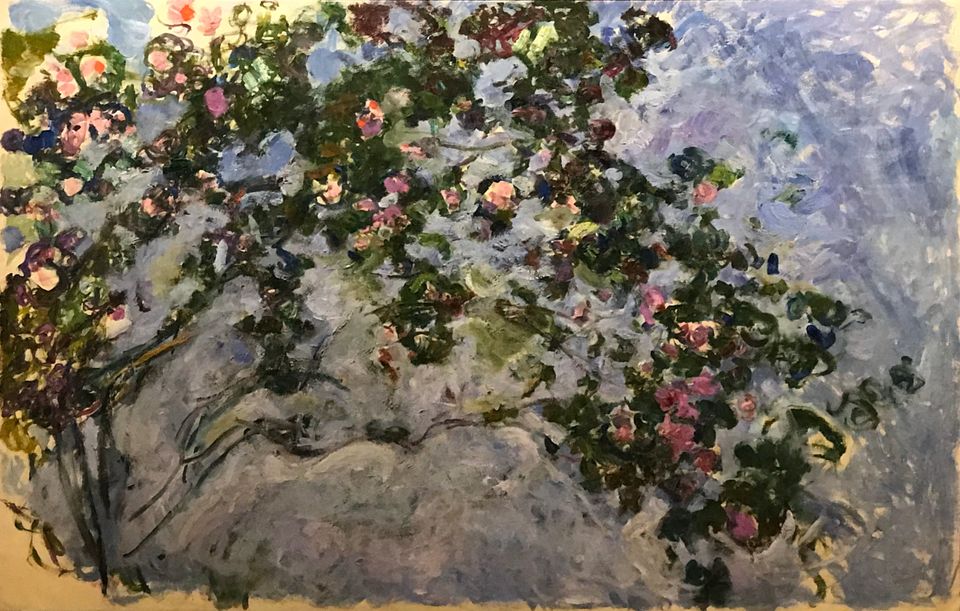
What, you might ask, could art collecting and extreme frugality have in common? As an art collector, as well as an artist/gallery owner and a person who practices extreme frugality, I am here to say - A LOT! For me, extreme frugality has less to do with savings (which seems to happen by default) and a whole lot more to do with freedom, pleasure and quality. I deliberately, consciously and with tenacity seek ways to increase my flexibility and joy factor through simple abundance. From shoes, to homes, to rural living, to artwork, I am most charmed by what offers comfort and is made to last! My daughter the other day suggested it as part of being a child of post World War II parents. Possibly this is true. But whatever it is, the approach has always served me well. So how might this approach to extreme frugality be applied to art collecting?
Less is only more in art if it is the right less
A cardboard box and a shopping cart under a city bridge is definitely “less” than the elegant castle with a Rolls-Royce on the hill but the “more” part of this kind of “less” defies my imagination. I am, of course, offering the most extreme examples, mostly to make a point about what kind of “less” we are seeking. If we, for the moment, think of those horrible, random, large art reproductions offered in shopping malls (not that there is anything wrong with a decorative print but let it be from a living artist you know and admire or one by a great master painter) as the equivalent of art that is sleeping next to a shopping cart under a city bridge as compared to an original of say “Les Roses” or “The Rose Bush” by Claude Monet 1925-26 (or any other master work that you favour and can only see in museums) being the castle on the hill...

then we have a place to start talking about art collecting and extreme frugality, beginning with a latest sale of a work in the gallery.
What has sold
It is a heartwarming story of love, engagement, gifts and mutual appreciation for our Mayne Island landscape. The new owner, who was gifted this work by a relative, commented that it will be his new family’s first heirloom to be treasured and pasted down to generations in the future with “this is the view where your great-great grandpa proposed to your great-great grandmother. He was standing right there where a local artist painted this painting on a similar day a few months later after their engagement.”
“Wind Over the Sea at the Lighthouse” is walnut oil on linen board and only 8 x 10 inches.
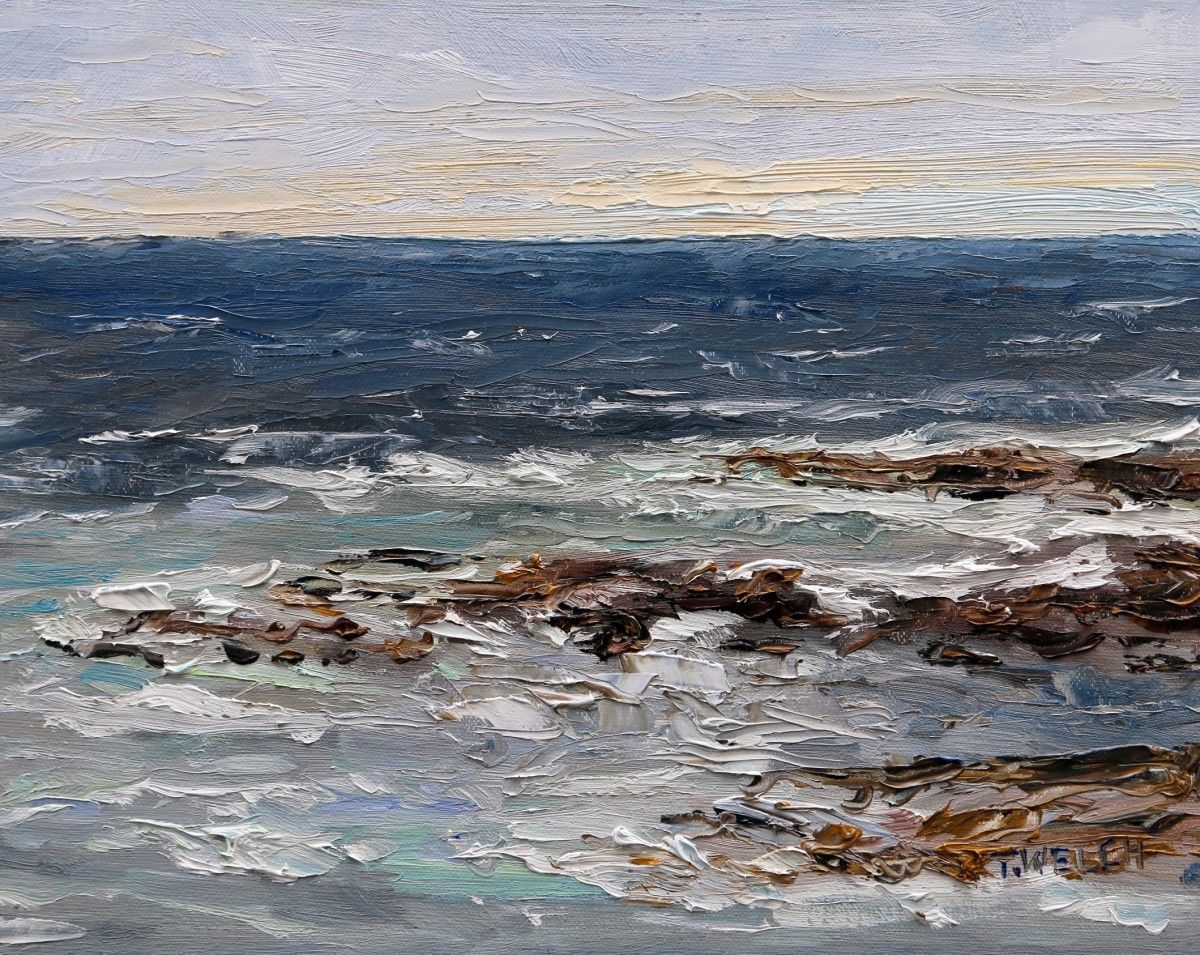
It is a painting with “a castle on the hill” foundation, painted with the finest of M.Graham walnut oils on linen board. Coming at a higher price-point than the acrylic on gessbord plein air sketches, the small work takes a grand position of attention far beyond its modest size. Sometimes, it makes no difference the material, as one loves what they love, and an original artist-quality acrylic work on a good gessobrd is still of fine quality because it is expected that an acrylic painting will last at least couple of hundred years (we just don’t know for sure yet) but a walnut oil painting, which has less chance of yellowing with time than linseed based oils, may possibly, if properly cared for, last four to five hundred years. As a painter and gallery owner handling the work in both media daily, I know that any of my oil paintings are tougher and more easily touched up if they happen to get scrapped or damaged than the acrylic paintings. But the oil paintings are also richer, allow for greater colour graduation and seem to have more integrity than the acrylic sketches. Neither material requires me to use solvents so there is not much difference in environmental impact - except that the plastic of acrylics may be less friendly if not properly handled during cleanup. This difference of perceived integrity may possibly be just my own abilities in handling both media but it is certainly true for a “Terrill Welch original”. Yet, does this mean that the acrylic painting sketch is a poor choice? Certainly not! It still has all the energy and freshness of the painter’s brushstrokes and a work that can be treasured for at least 200 or 300 years (for less than the price of a fridge, which has a life expectancy of under 20 years), is still a great extreme frugality investment!
Opinion Piece
If then, I am proposing that any “Terrill Welch original painting” could be an extreme frugality investment - what the heck do I mean by this!?
- Let’s look at endurance and quality. Skilled rendering of original art, using the best materials available will endure and maintain its quality as an object or asset. The astute artist and art collector understands the strength and vulnerabilities and specific attributes of the materials they are using (such as fat over lean for oil paintings).
- The art collector of my work, generally, has in mind a work that they will appreciate forever, rather than something that will do for now. This is an important aspect to extremely frugality in art collecting. Since these are my own practices and those of most, if not all, of the art collectors of my original paintings, it is worth expanding on this principle. An art piece may of course still fall out of favour after many years as our tastes and circumstances change but it should never be purchased as a “making do for now” solution. This is where extreme frugality is practiced at its best. This art collector will purchase small originals rather than decorative prints or decorative prints instead of greeting cards or greeting cards instead of a saved screen saver.... you get the idea. This art collector goes for the best quality they think they can manage and then stretches that little bit more. This art collector will choose to visit galleries repeatedly and spend their time with the highest quality paintings they can gain access to while leaving their own walls virtually bare rather than putting up “something” to fill the space. This art collector saves, sometimes for years, to be able to purchase an original “Terrill Welch painting” that they have come to know intimately during the wait. Once purchased, it will be treasured and will NOT be found in a yard sale or donation bin anytime soon.
- Extreme frugality in art collecting is often about researching, musing and savouring an artist’s work. The purchase is frequently a considered and thoughtful decision. Believe me when I say that no one, in all seriousness, has ever come into the gallery and said - “Oh! I just love these! Can you package up ten of them for me and I will be back later this afternoon to pick them up!” Nope! Hasn’t happened yet! Questions are more likely asked by the extreme frugality art collector such as - how does this work manifest what I aspire to create in my life? How does it fit with my vision of what is important? What does this work offer towards enhancing my experience?
- Extreme frugality in art collecting is about stewardship. The collector is aware and appreciates that they are temporary caretakers for as long as they and the art work both shall live. Except for natural disasters, there is every possibility that the original artwork will out last its owner. A purchasing decision often includes a question like - is this painting something I want to offer stewardship for the rest of my life? When we answer affirmatively to this question, then it is usually a huge “YES”!
- Extreme frugality in art collecting is about the joy factor. So often I hear back from collectors about all the things they discover in “their painting” during the practice of everyday living. The art collector is mesmerized by how the painting looks in different light or in different parts of their home or office. They tell me about the special memories the painting invokes or the aspiration it has anchored and helped them achieve. Finally, they tell me about sharing the work with family, friends and visitors. In this way, the paintings become part of a family and community experience or a view borrowed over a meal, while reading a book or reviewing work contracts.
In this way, I too, as a painter and gallery owner have learned, from you the art collectors, more about extreme frugality in art collecting. Over the past nine years as a full-time artist, I have expanded my appreciation for the freedom that comes with such carefully considered purchases and have learn much about what truly is essential to live a full and rich life, filled with simple abundance. So, we may not be living under a bridge with our shopping cart, or in a castle on the hill, but no matter where we live, we can still be art collectors with the practice of extreme frugality! Happy art collecting!
Now, shall we head off on a long walk?
One of my most treasured activities is a long walk/hike. I notice things when I am walking! Sometimes intensely and sometimes softly, as if catching myself by surprise. I notice smells and sounds and things I touch or that brush up against me or where the textures press against my skin. I notice how things taste such as the salt air or blackberries ripening in the hot sun. These all impact my bank of memories of a moment. Sometimes I even wish, for a short while, that I noticed less, particularly bad smells or high-pitched sounds or frantic energy or the deep grief of those around me. City streets, funerals and art openings are particularly challenging. I purposely create a soft bubble around myself that gives me a bit of cushion from surroundings when I am in urban areas or crowded events. High winds and bad storms will have the same unsettling effect on my sensory system. I guess this is why I live where I do... because, most of the time, my sensory system can be wide open and relaxed anywhere on the island - particularly on long walks beside the sea! This also gives me excellent access to my subjects for painting. Such was a morning a few days ago...
The early morning fog was starting to recede into a sunny, blue sky day.
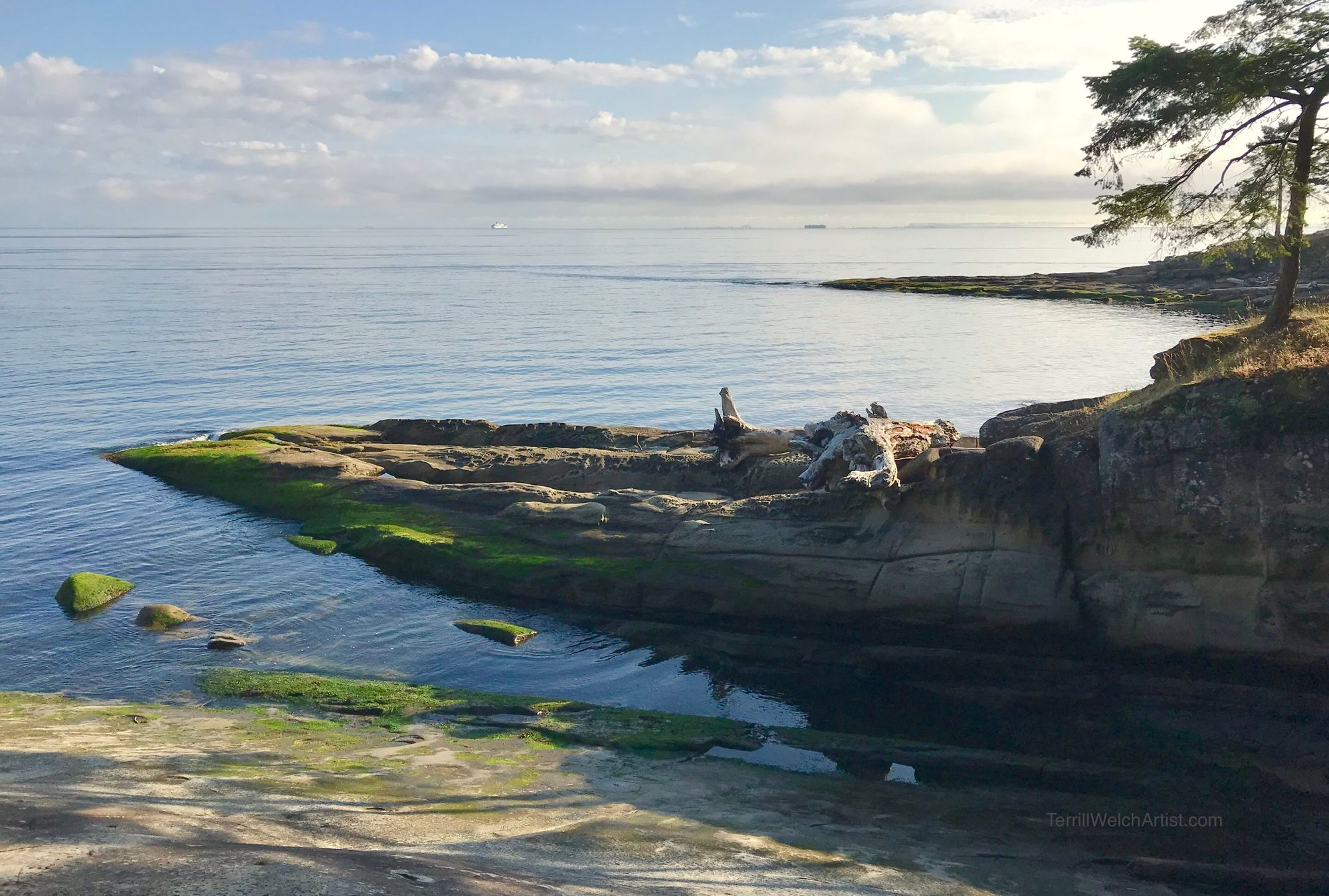
You may remember this view from a recent painting, though the house is much more prominent at this angle and the time of day and year is different.

I always try to remember to look back as well as ahead when I am walking. This is a favourite arbutus tree from its opposite side.
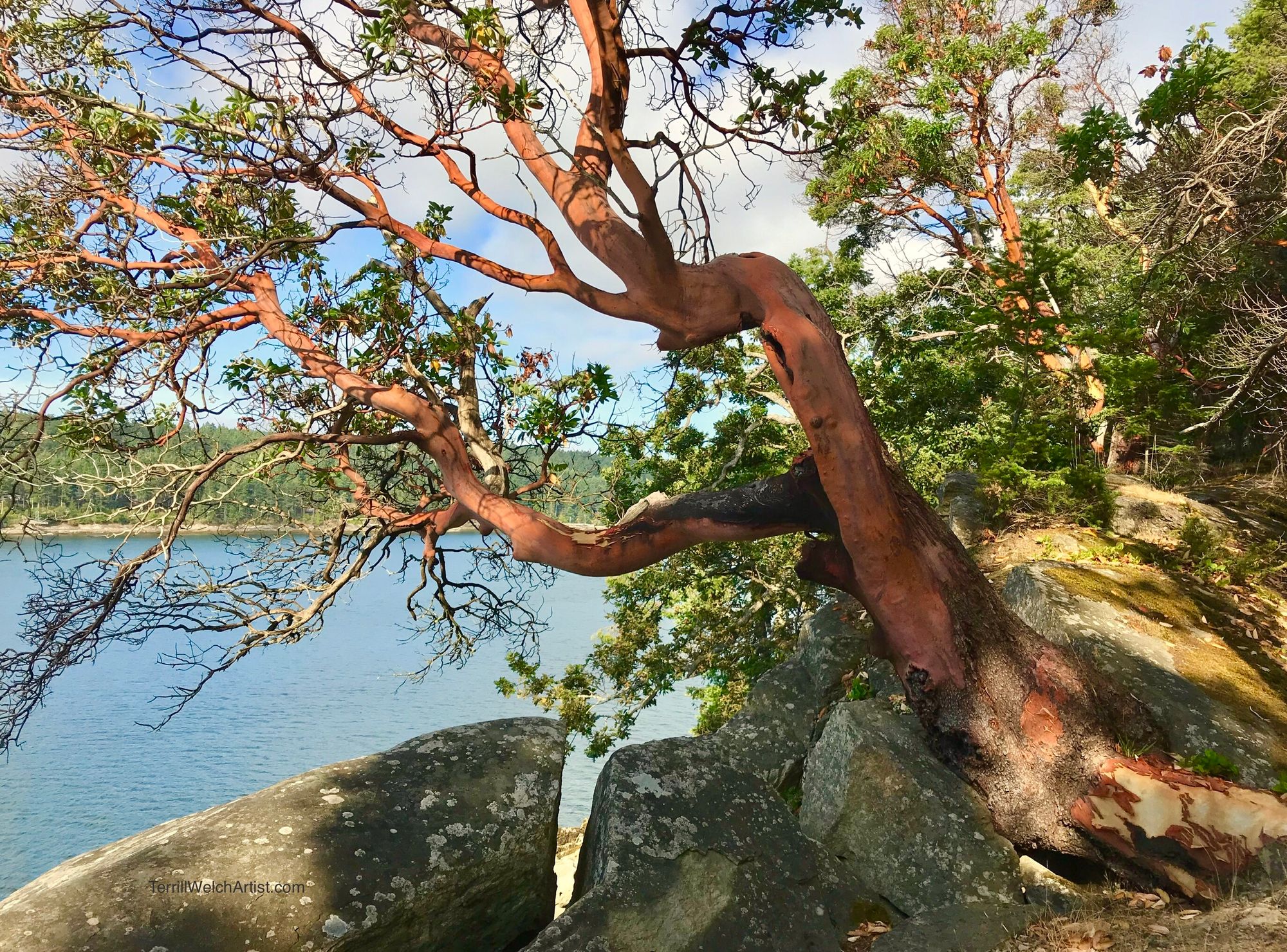
In conclusion, the Strait of Georgia rarely disappoints.

Thank you for coming on this morning walk with me!
One of the latest plein air adventures
To catch the best light during the summer, a plein air painter has to be either up and at it early or hanging around in the landscape after dinner. In this case, it is an 8:00 in the morning start with two other bright-eyed painters joining me out at the point in the national park. As we were finishing up an anonymous photographer offered to take a photograph of Jody Waldie, Maeva Lightheart and myself. What a great morning we had!
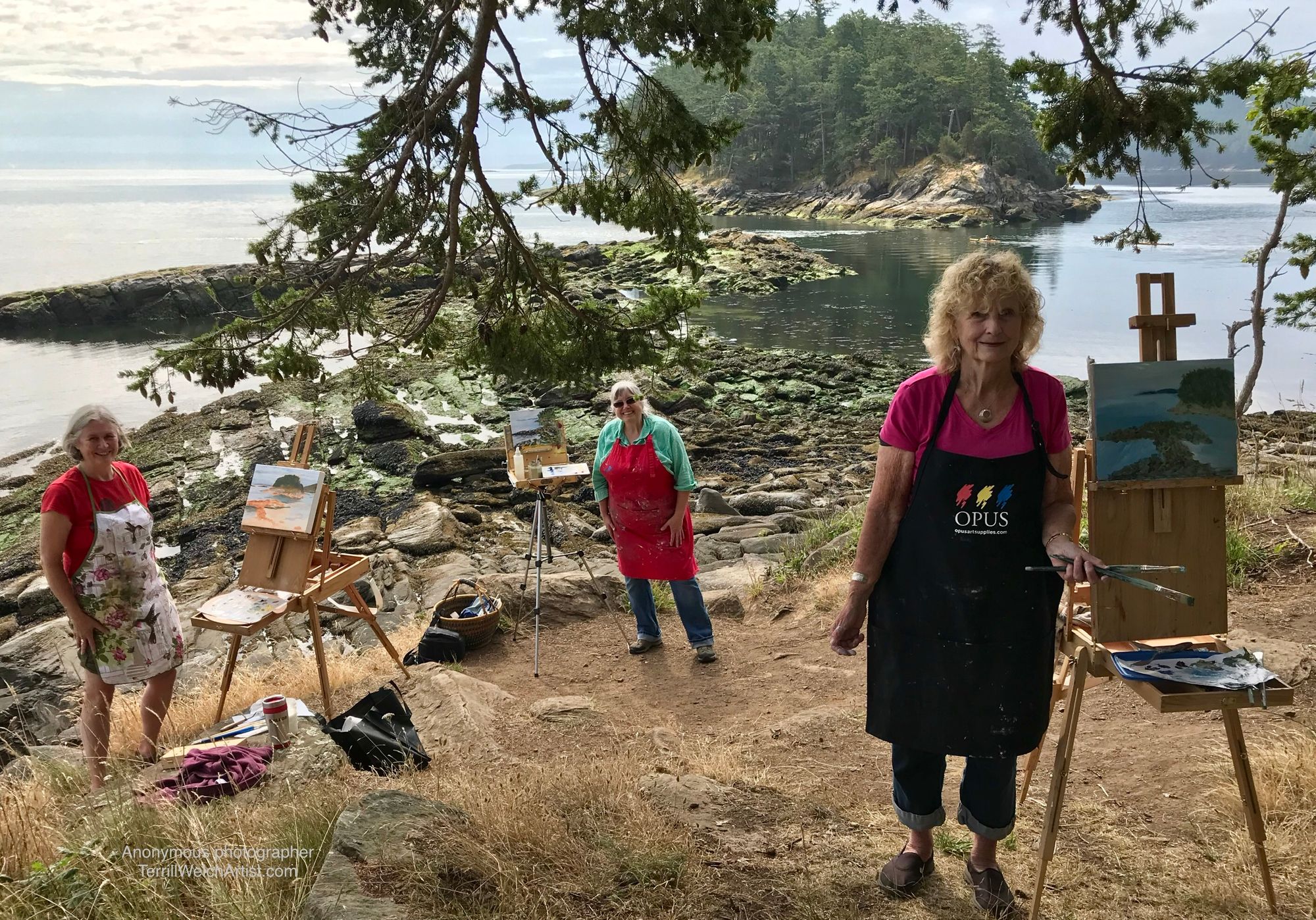
Again this fall, I will be teaching water mixable oil painting classes (Thursday 1-4 Sept 19 to Nov 21, 2019 and it is not too early to get your name on the list). But during the summer, anyone visiting or living on Mayne Island can join our closed FB group and come plein air painting using any media and at no cost. There are also no lesson 😉. We just get together to paint the fast moving light and to practice.
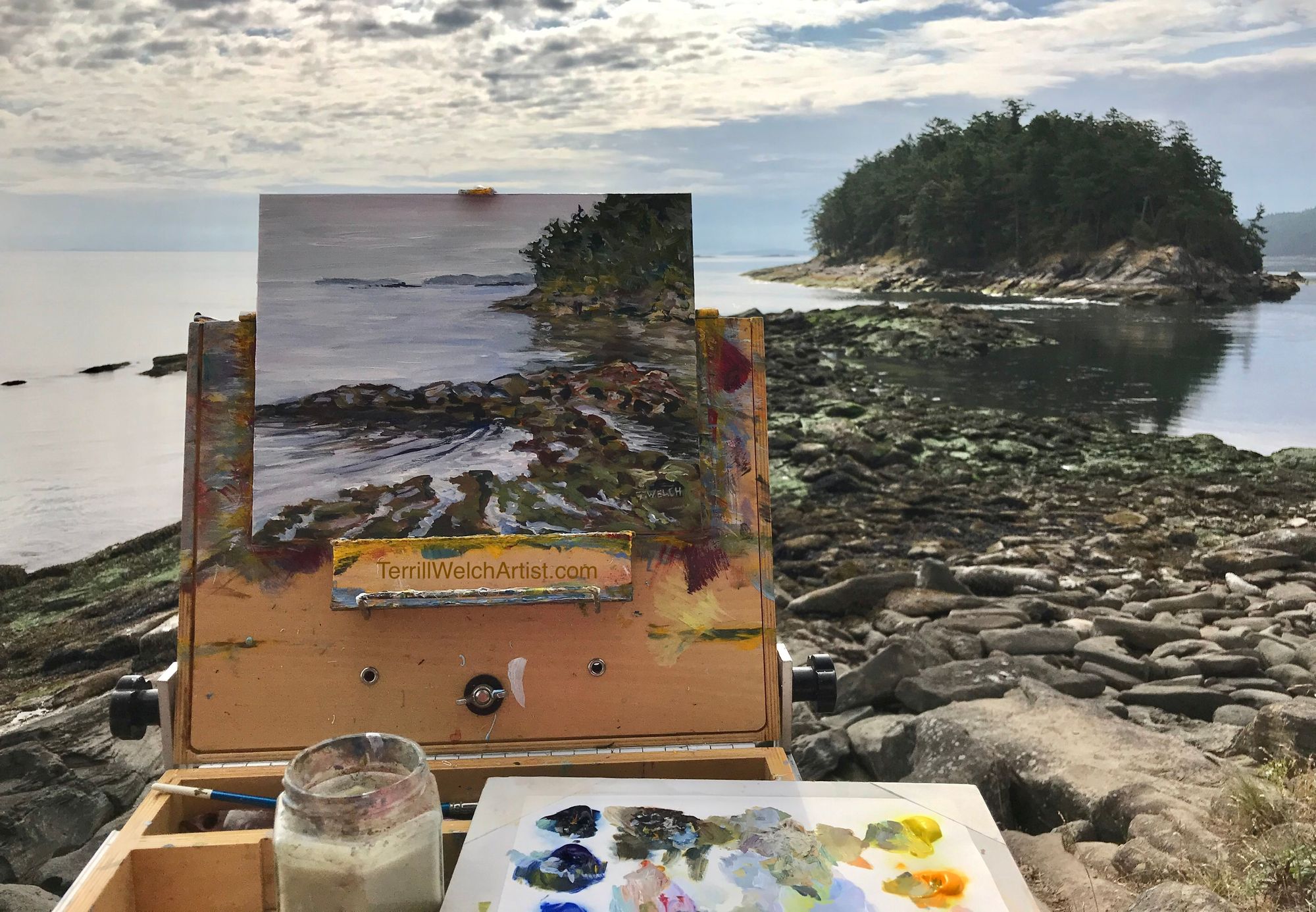
And fast light it was with the dispersing clouds, rising sun and receding tide! But I have a small work I am happy with and it is being made available to replace one of the two works that have recently sold.
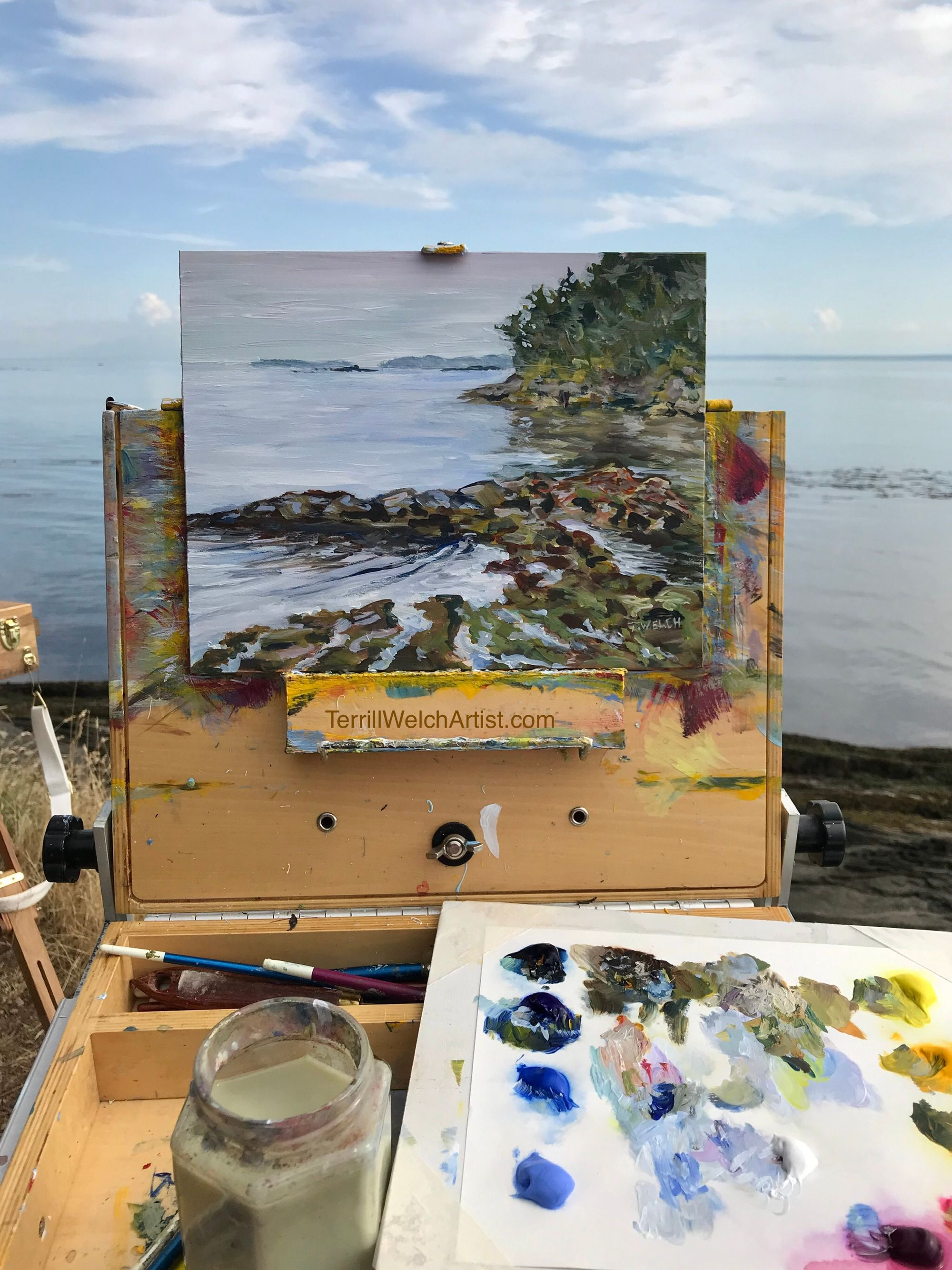
New Releases
Yep! Paint them, frame them with show frames and get them ready to go! These two recent plein air works have now been added to the current show to replace work that has already sold.
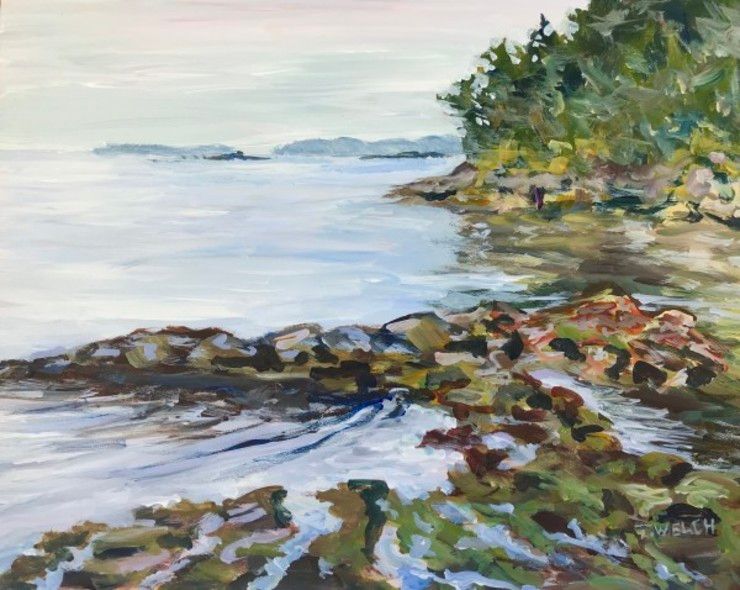
View Between Islands by Terrill Welch | Artwork Archive
The fast moving morning light dances with a receding tide while my brushes keep time with the moment in plein air fashion. Campbell Point Mayne Island B....

Georgeson Island In Summer Evening Light by Terrill | Artwork Archive
Threatening showers with a bit of rolling thunder, I huddled under an overhang from the building and painted with slightly more dramatic directional brushstr...
Welcome to new subscribers!
Well, this is a wrap for this issue as we welcome another 25 or so new subscribers to A Brush With Life! Your referral efforts have been working and our community of subscribers is indeed growing. My deepest gratitude for your sharing and a huge welcome to those that have joined! A reminder as well, that if five issue in a row are delivered and left unopened, you are then unsubscribed. This is a curated subscription for serious fans and art collectors and I like to ensure cyber clutter in our inboxes is kept to a minimum.
Remember the DRAWS!
In the last issue I outlined two DRAWS that will lead to three winners for newsletter subscribers. The first is for a small plein air painting sketch. The next is for a new subscriber after July 12th to receive 30% savings on a purchase of an original painting before November 30, 2019. And for the third and final DRAW, the same offer of 30% savings as outline above will be given to the person who referred the winning subscriber to A Brush With Life. If the person referring them was me, then a draw for the second 30% collector savings will be drawn from the full subscription list. Further details are in the previous issue at:
A Brush with Life - Issue #30 Earth Sea and Sky Opens | Revue
A Brush with Life - Twelve of the eighteen paintings in the Art of Terrill Welch Gallery’s hottest show of the season were completed since the beginning of 2019.
Until next time!
Canadian Contemporary Artist Terrill Welch Landscapes and more by impressionist painter Terrill Welch
Canadian landscape painter, Terrill Welch, exposes the mystery in an ordinary day, reminding us that there is only one moment – this one.
- If you enjoyed this issue of the newsletter, please consider sharing it with someone else who might also enjoy the read and browse. Thank you and all the best as always! Terrill 😊

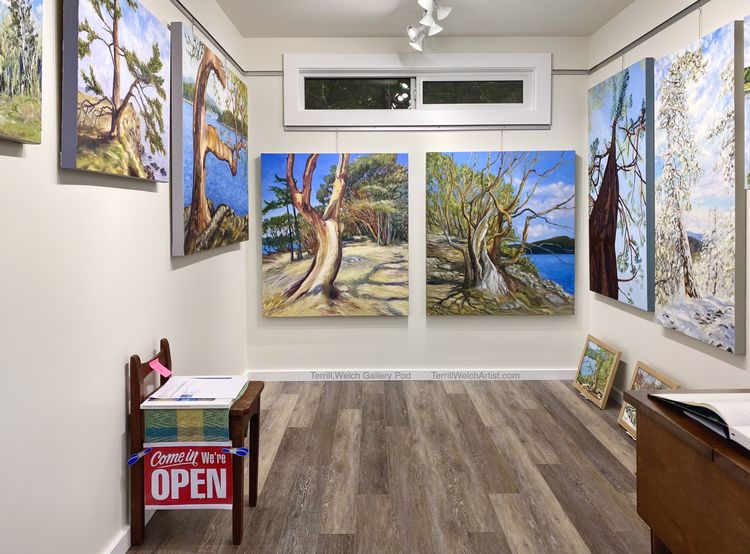
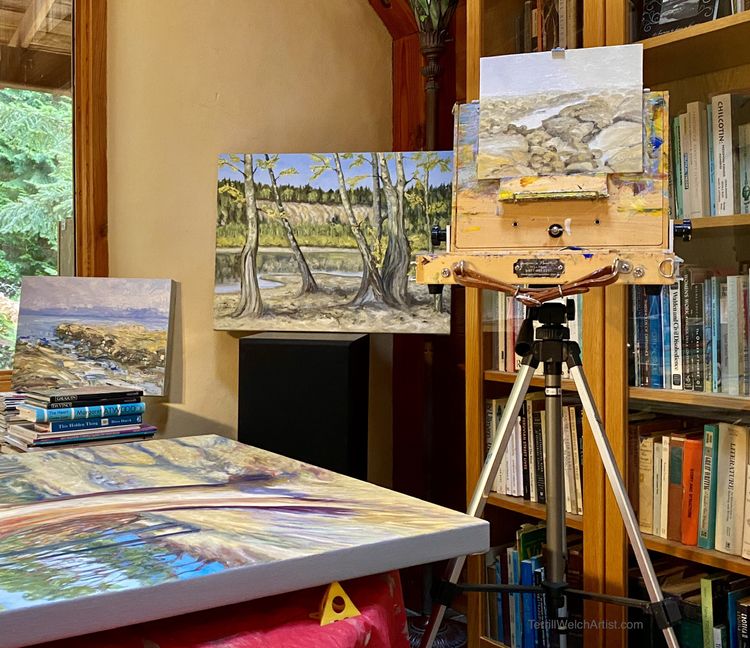
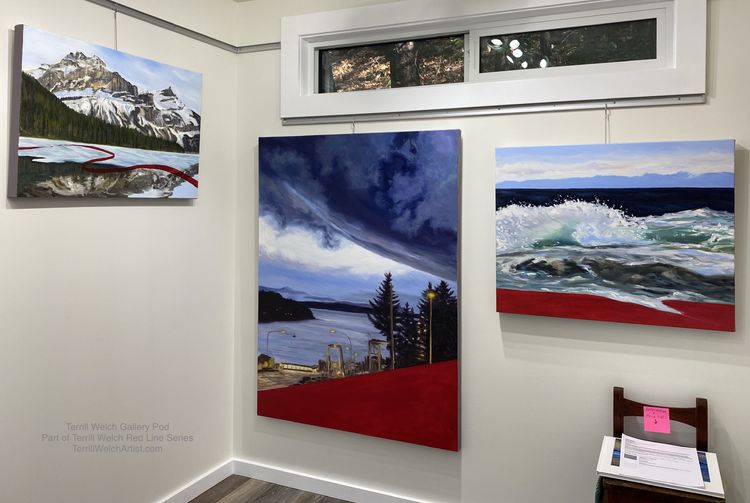
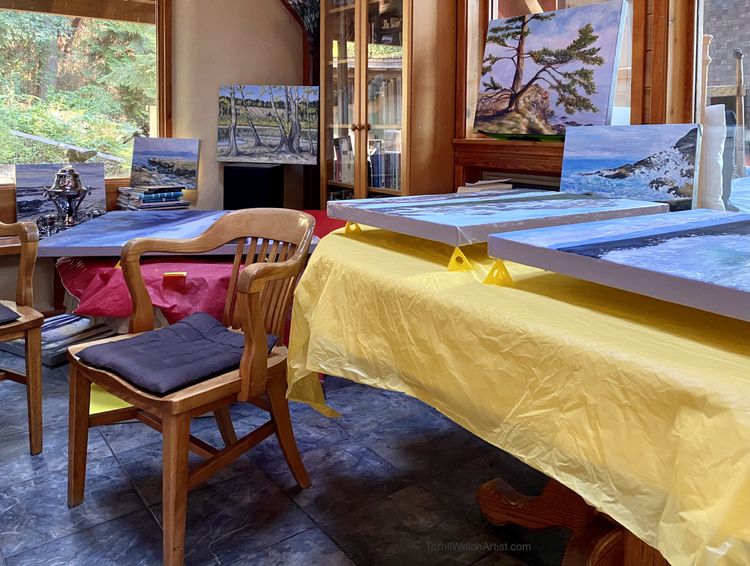
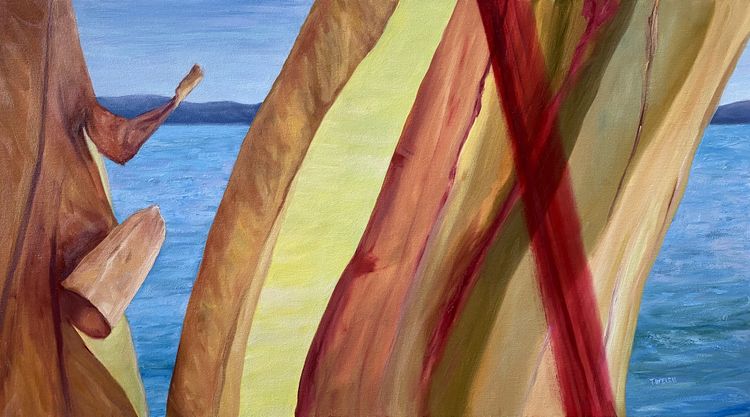
Member discussion